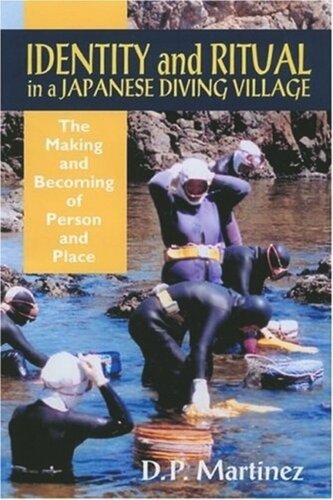

Most ebook files are in PDF format, so you can easily read them using various software such as Foxit Reader or directly on the Google Chrome browser.
Some ebook files are released by publishers in other formats such as .awz, .mobi, .epub, .fb2, etc. You may need to install specific software to read these formats on mobile/PC, such as Calibre.
Please read the tutorial at this link: https://ebookbell.com/faq
We offer FREE conversion to the popular formats you request; however, this may take some time. Therefore, right after payment, please email us, and we will try to provide the service as quickly as possible.
For some exceptional file formats or broken links (if any), please refrain from opening any disputes. Instead, email us first, and we will try to assist within a maximum of 6 hours.
EbookBell Team

4.0
46 reviewsThrough her detailed description of a particular place (Kuzaki-cho) at a particular moment in time (the 1980s), D. P. Martinez addresses a variety of issues currently at the fore in the anthropology of Japan: the construction of identity, both for a place and its people; the importance of ritual in a country that describes itself as nonreligious; and the relationship between men and women in a society where gender divisions are still very much in place. Kuzaki is, for the anthropologist, both a microcosm of modernity and an attempt to bring the past into the present. But it must also be understood as a place all of its own. In the 1980s it was one of the few villages where female divers (ama) still collected abalone and other shellfish and where some of its inhabitants continued to make a living as fishermen. Kuzaki was also a kambe, or sacred guild, of Ise Shrine, the most important Shinto shrine in modern Japan—home to Amaterasu, the sun goddess. Kuzaki’s rituals affirmed a national identity in an era when attitudes to modernity and Japaneseness were being challenged by globalization.
Martinez enhances her fascinating ethnographic description of a single diving village with a critique of the way in which the anthropology of Japan has developed. The result is a sophisticated investigation by a senior scholar of Japanese studies that, while firmly grounded in empirical data, calls on anthropological theory to construct another means of understanding Japan—both as a society in which the collective is important and as a place where individual ambitions and desires can be expressed.